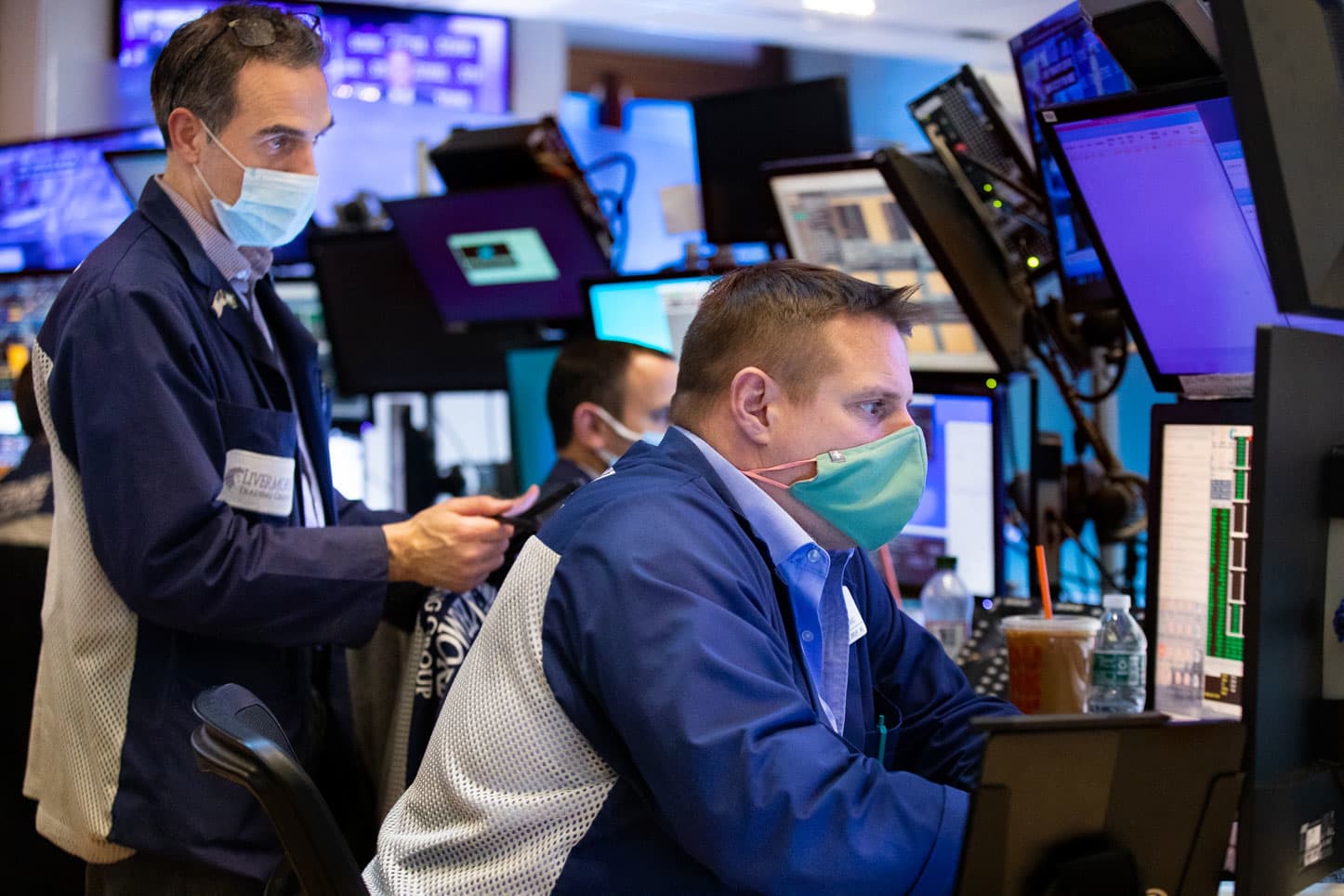
JPMorgan is about to make a nearly $10 billion splash in the exchange-traded fund space.
The firm will begin converting four of its mutual funds to ETFs in April, bringing its Inflation Managed Bond Fund, Market Expansion Enhanced Index Fund, Realty Income Fund and International Research Enhanced Equity Fund to the lower-cost, more tax-efficient investment structure.
But this isn’t necessarily a “tipping point” for ETF conversions, J.P. Morgan Asset Management’s Bryon Lake told CNBC’s “ETF Edge” on Wednesday.
“We know that investors use mutual funds across their entire book of business. We’re very successful in that space,” the firm’s global head of ETF solutions said.
J.P. Morgan manages $800 billion in its mutual fund franchise and is actively working to increase its offerings of alternative funds and ETFs, Lake said.
“We know that investors are starting to incorporate more ETFs into their portfolios,” Lake said. “But they’re also using mutual funds and those get the job done as well.”
Conversions are just one of many growth drivers for the ETF industry, researcher Dave Nadig said in the same interview.
Global ETFs saw north of $800 trillion in inflows in 2021. Total U.S. ETF assets under management climbed above $7 trillion at the end of last year from less than $3 trillion pre-pandemic.
“We’re going to see every major active and passive asset manager in the ETF space,” said Nadig, who is director of research and chief investment officer at ETF Trends. “Some of them will convert mutual funds where it makes sense.”
As for those conversions, “we’re in the middle of the flood. The water’s rising a bit slower than you’re expecting,” Nadig said. “You’re not seeing the wave come down the wall.”
Next up will be Capital Group, which announced earlier this week that it licensed Fidelity’s nontransparent active management system in order to convert its mutual funds to ETFs, Nadig said.
“All of this money will eventually show up in the ETF space, but whether it’s converted or not is largely irrelevant,” he said. “The point is the active managers are here. They’re coming even faster than we expected. And I suspect this is going to be a big year for active flows.”




